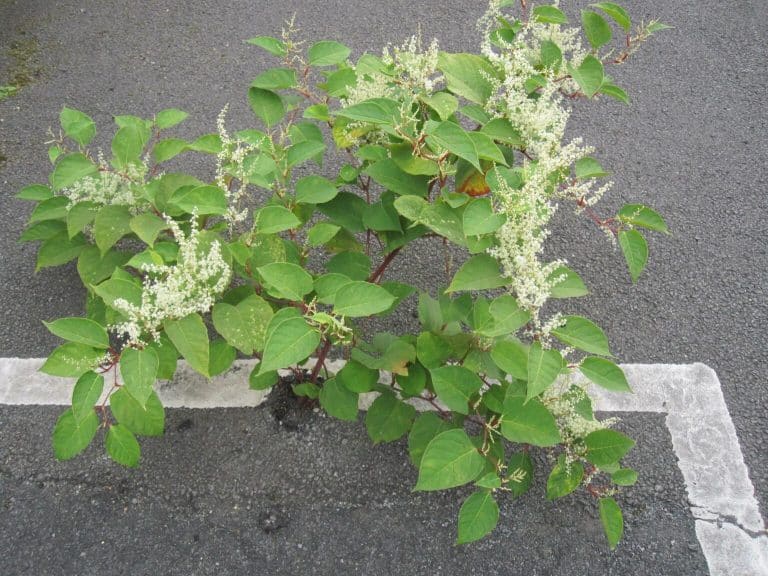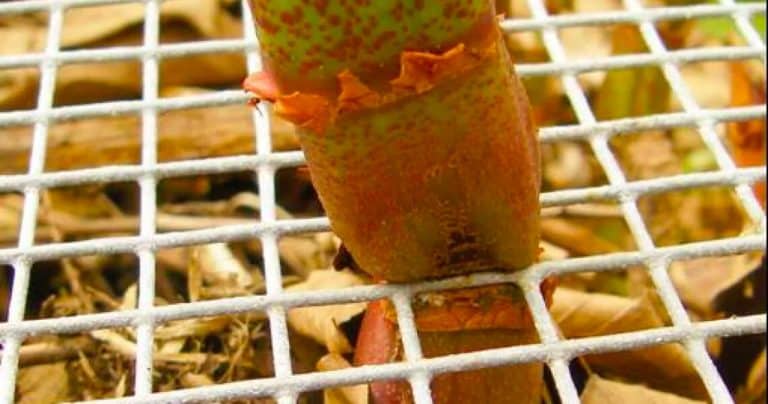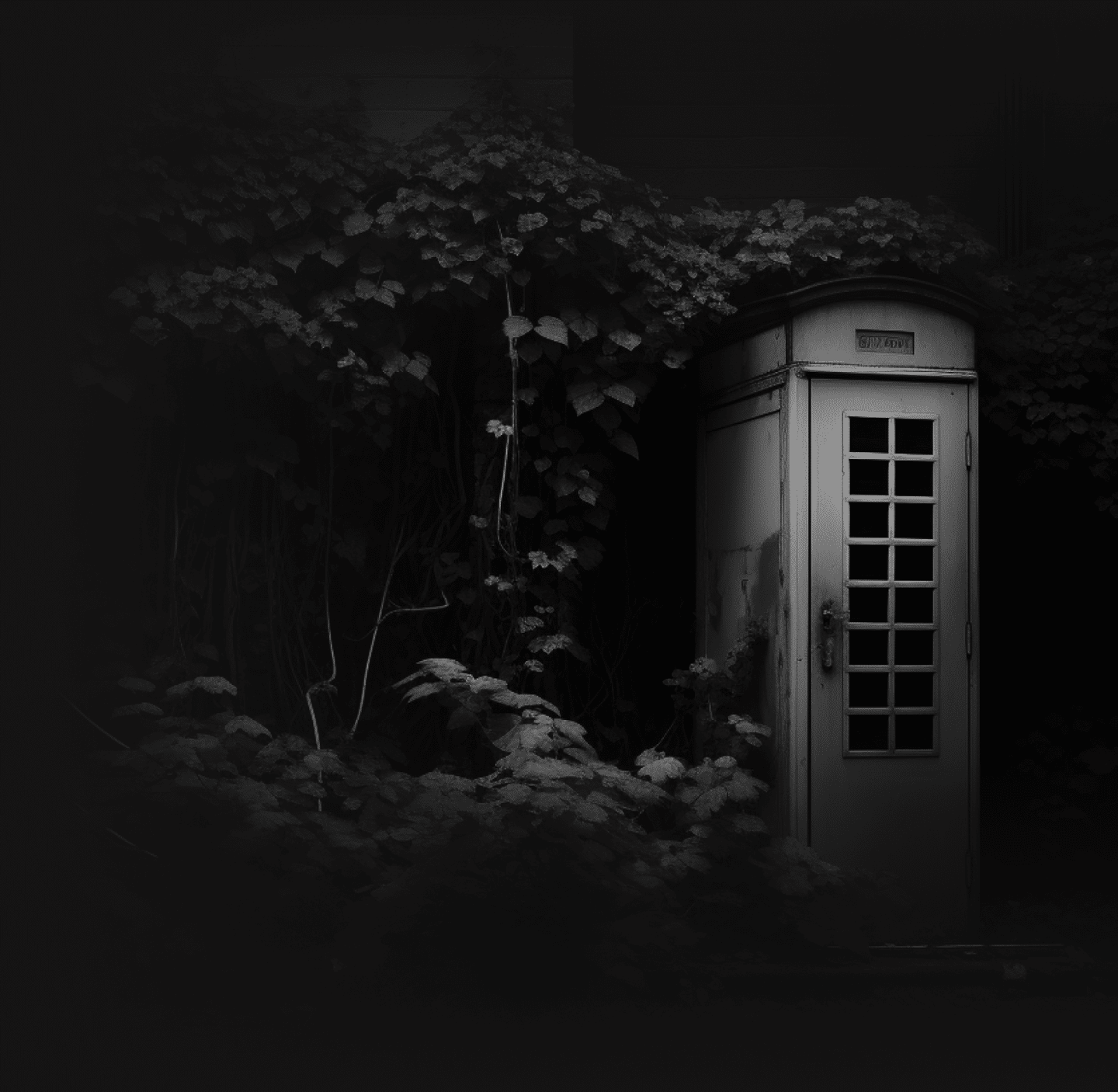On-Site Chipping: Environmentally Considerate
On-site chipping has replaced traditional incineration techniques, offering a more environmentally considerate approach to treat Japanese knotweed stems that is equally effective.
This method involves carefully chipping the contaminated plant material, with the aim of minimising the risk of cross-contamination. Once chipped, the Japanese knotweed arisings remain on-site, rendering them unable to regrow. Alternatively, they can be removed to a licensed landfill.
Preserving our precious wildlife and safeguarding the natural beauty of our countryside is a cause close to our hearts. That’s why, here at JKSL, we operate with utmost care and in full compliance with the Wildlife and Countryside Act and the Environmental Protection Act 1990. We understand the importance of protecting native species and the delicate balance of our ecosystems.
By employing our expert knowledge and adhering to these essential legislations, we ensure that our Japanese knotweed treatment methods not only control the menace but also safeguard the environment for generations to come.







